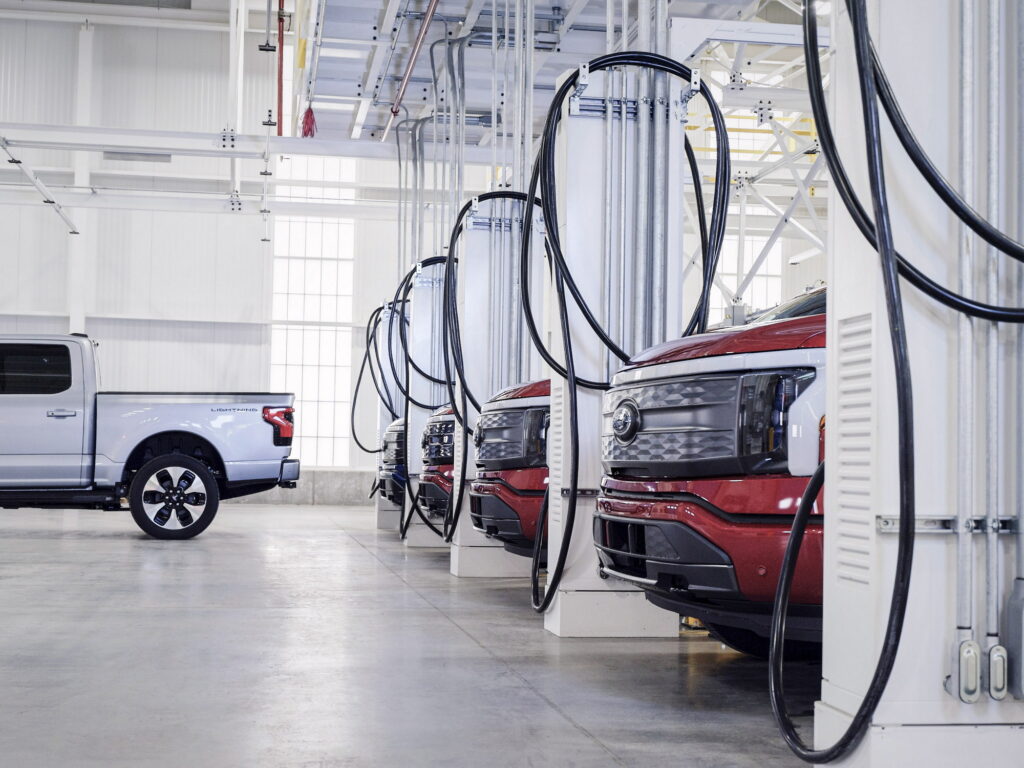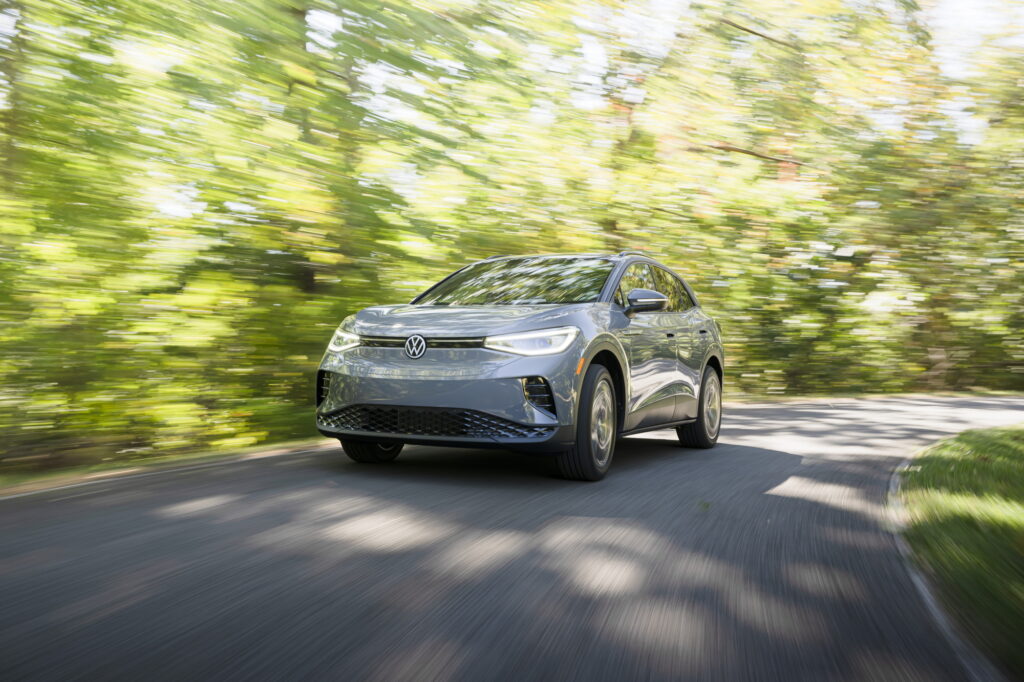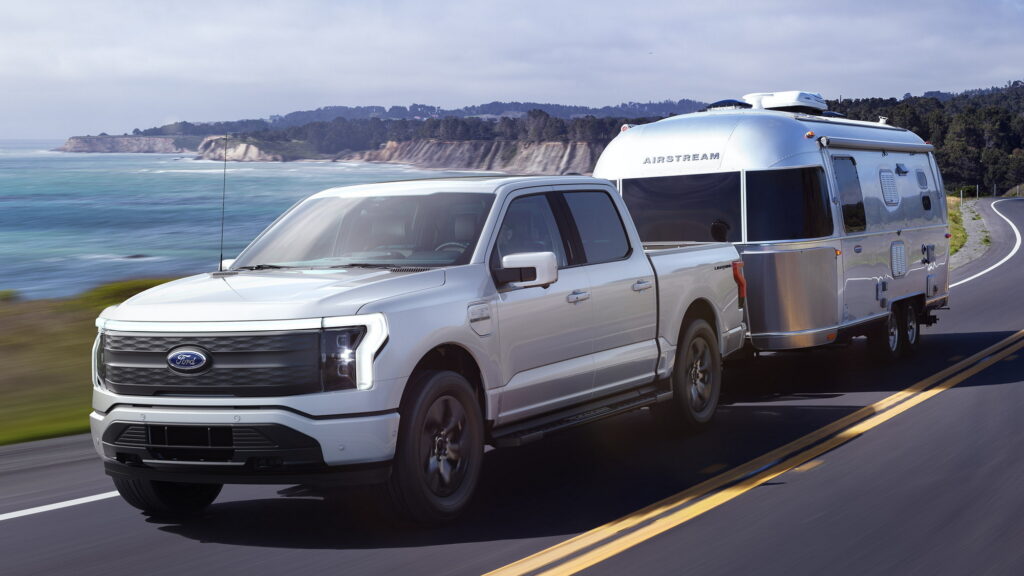If you look at the EPA’s fueleconomy.gov, you’ll find that the 2023 Ford F-150 Lightning gets between 66 and 70 MPGe. However, when it comes to rating its fuel economy for the purposes of meeting regulatory requirements, the electric truck is rated at a whopping 237.1 MPGe. That’s a disparity that the U.S. Department of Energy is looking to close.
On Monday, the DOE proposed changes to the way electric vehicles and plug-in hybrids are rated for Corporate Average Fuel Economy (CAFE) reporting. The department suggests that the change is needed because the calculation system hasn’t been changed in more than two decades, reports Reuters.
The MPGe system is supposed to provide the government with a way to measure EV and PHEV emissions as they compare to those from internal combustion vehicles. Therefore, they are an important tool for determining whether an automaker has complied with emissions regulations, and whether they should pay fines for over-polluting.
More: US Government Working On New Stricter Emissions Rules To Accelerate EV Adoption

Critics and environmental advocates have argued that the figures currently being used are artificially high, and allow automakers to get more credit for their EVs and PHEVs than they really deserve.
“Encouraging adoption of EVs can reduce petroleum consumption but giving too much credit for that adoption can lead to increased net petroleum use because it enables lower fuel economy among conventional vehicles, which represent by far the majority of vehicles sold,” the DOE wrote in the proposal.
Now, it is proposing changes that could reduce MPGe ratings significantly. For instance, the Ford F-150 Lightning would go from an MPGe rating of 237.1 MPGe to just 67.1 MPGe, a figure much more similar to the one currently seen by consumers.
The move would likely have the impact of forcing automakers to sell more EVs and PHEVs in order to meet environmental regulations than they currently have to. That is likely to cause pushback from the Alliance for Automotive Innovation (an auto industry lobby group), which claimed last year that the change could discourage EV adoption.
However, the move is part of a larger group of policy decisions by the White House to encourage EV adoption. The Biden administration recently introduced incentives for EV buyers and companies looking to install charging stations. The EPA has also introduced new emissions requirements this week, with a view to making two-thirds of new vehicles sold in the U.S. electric by 2032.
Transportation is the leading source of pollution in the U.S. Experts say that the sector must phase out internal combustion engines by 2035 in order to avoid worsening environmental impacts, such as droughts, crop failures, and catastrophic heatwaves.





